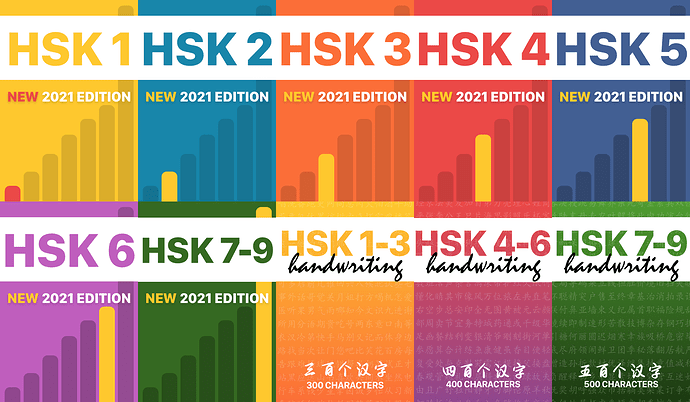Good question! I don’t know what people generally do, and even if I did know, I 'm not sure that’s a good guideline for what you should do. People have different goals for learning Chinese, and that should be reflected in your approach.
The idea of singling out handwriting in the new HSK is sound. Being able to write by hand everything you can type is simply not necessary for most people in a modern context (reading and typing is enough), and requiring people do so would force many down a path they aren’t interested in and that won’t benefit them much either.
By highlighting a certain set of characters for handwriting specifically, they’re essentially saying that some things are more important to be able to write by hand than others, even though we don’t really know exactly how they chose these characters (it’s probably mostly based on frequency). They’re also acknowledging the fact that you don’t have to write everything by hand.
So, to answer your question, I think it’s important to consider why you’re learning Chinese. How important is handwriting to you? Do you enjoy handwriting? Do you think it’s worth the extra time to really know the characters? Do you think you’ll be required to write by hand a lot in the future?
Answering these questions will give you and indication of where you are on the spectrum from from “I don’t need to focus on handwriting at all” to “I want to learn to write every character I study by hand”. All these approaches are okay, depending on what you want to achieve.
As a default solution for most people, I would advise against focusing too much on handwriting unless you have good reasons to do so (need, interest, passion). Focusing on the characters in the handwriting lists is a good start!
After that, you can always learn to write more. For example, the handwriting lists only include single characters, but you’re very rarely required to write single characters, so putting tricky characters into words and learning to write those is one way of both putting them in context and increasing the number of reviews, leading to significantly better retention.
Personally, I learn and try to maintain my ability to write characters that are commonly used, which goes way beyond the HSK handwriting lists. This is party because I think characters are interesting and partly because I want a more thorough understanding of characters when teaching, and I simply don’t think that will come without knowing how to write them (you can’t really know the etymology of a character, which components it has and so on, without also being able to write it by hand; they kind of go hand in hand).


